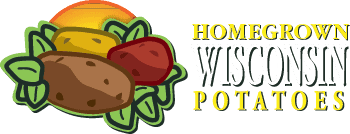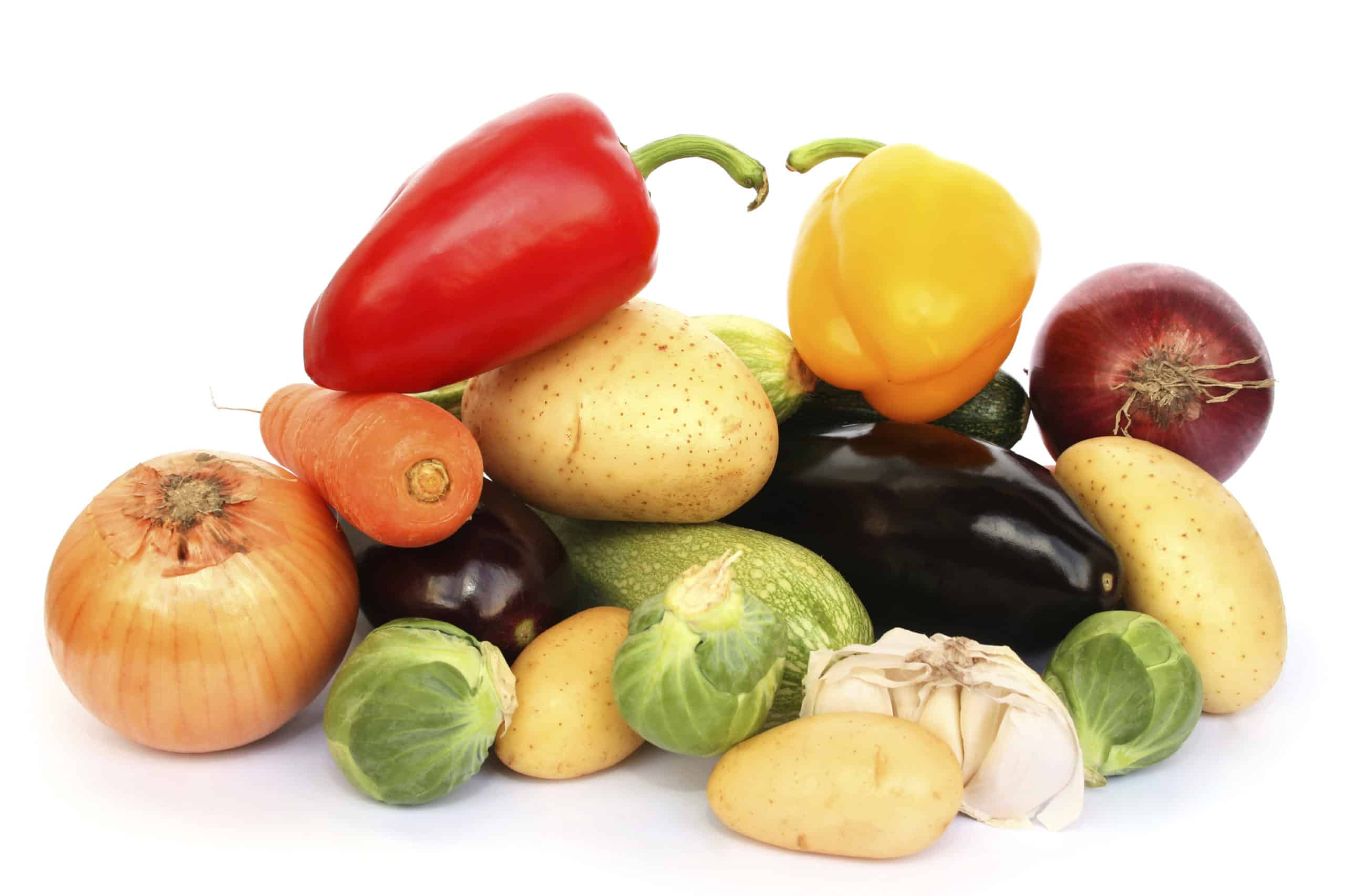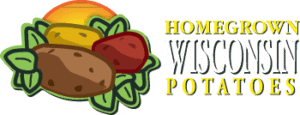 So, what exactly are phytochemicals, why are they so important to our diet, and how come they’re attracting quite a bit of scientific interest in the way of research and studies? Hmm, where do we begin? First off, phytochemicals are a very broad range of compounds found in vegetables, fruits, grains, beans and other plants. Some scientists estimate there could be as many as 4,000 different phytochemicals, but very few have actually been researched. One thing’s for certain though, phytochemicals are absolutely wonderful for you.
So, what exactly are phytochemicals, why are they so important to our diet, and how come they’re attracting quite a bit of scientific interest in the way of research and studies? Hmm, where do we begin? First off, phytochemicals are a very broad range of compounds found in vegetables, fruits, grains, beans and other plants. Some scientists estimate there could be as many as 4,000 different phytochemicals, but very few have actually been researched. One thing’s for certain though, phytochemicals are absolutely wonderful for you.
If you haven’t heard of the term before, other words that are representative of phytochemicals are antioxidants, flavonoids, flavones, phytonutrients, catechins and carotenoids to name a few. By eating a balanced pattern of fruits and vegetables, in different forms and colors, you’ll get plenty of phytochemicals, and you’ll be surprised by what they have to offer.
For instance, Beta-Carotene can be found in fruits and vegetables that might have an orange tone to them like sweet potatoes, cantaloupe, squash, carrots, apricots and pumpkins. This phytochemical is good for your immune systems, vision and bone and skin health. Anthocyanidins are another type of phytochemical, and in their case, you should think red and purple. You’ll get plenty of anthocyanidins when you eat red potatoes, radishes, strawberries, red onions and plums, and when you do, you’ll be improving your blood vessel health without even knowing it.
On average, potatoes contain many phytonutrients like phenolics, flavonoids, folates and carotenoids. Pigmented potatoes have high concentrations of phenolic acids, which prevent cellular damage and may promote anti-inflammatory conditions in your body. Flavonoids can also be found in potatoes and function as an antioxidant that protects your blood vessels, enhances the power of your vitamin C, and prevents excessive inflammation throughout your body.
When planning your meals, plan to eat like a rainbow. The more color in your diet, the better off you’ll be. And don’t forget that white is a color too! Take a look at this handy chart as a reference to eating in a colorful manner: http://www.fruitsandveggiesmorematters.org/fruit-and-veggie-color-list.



